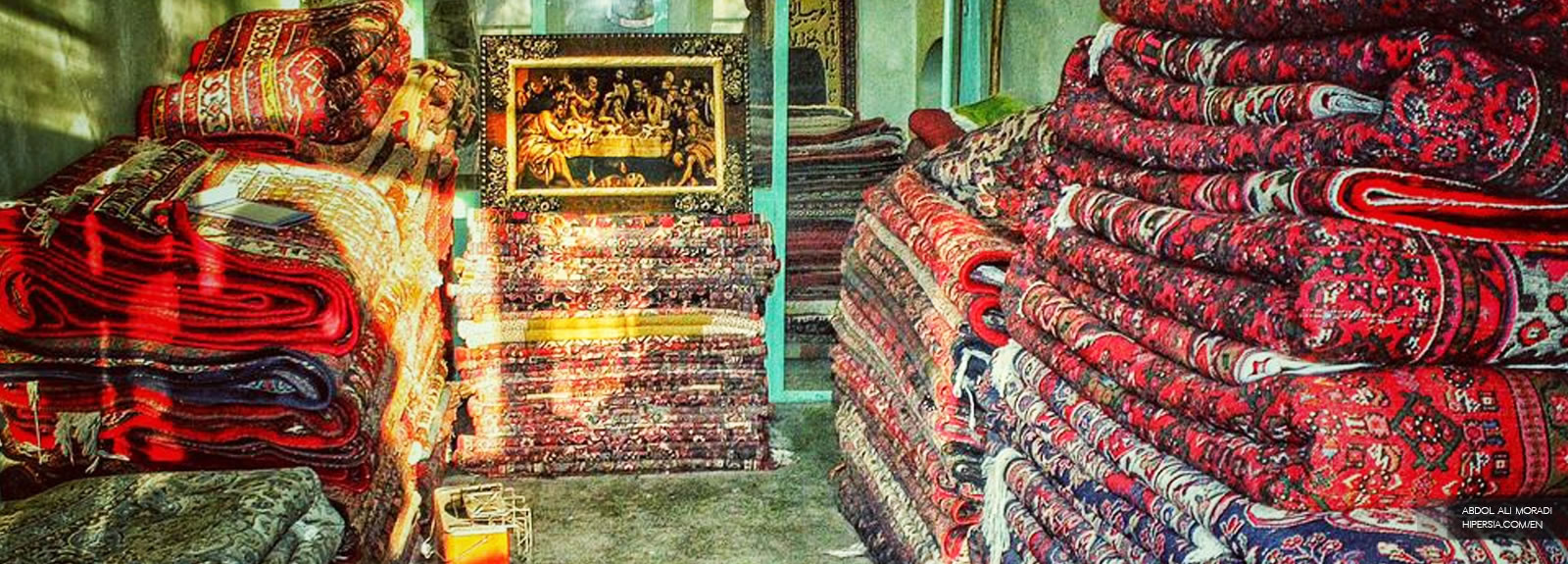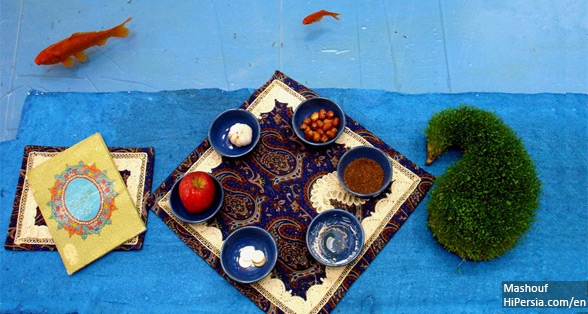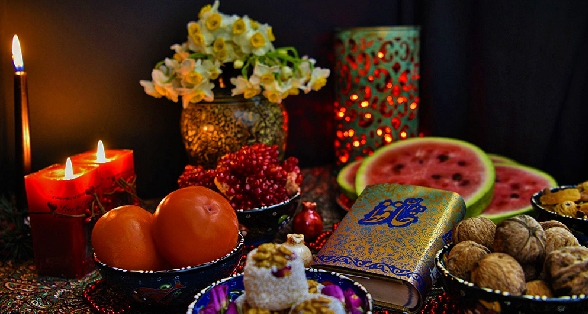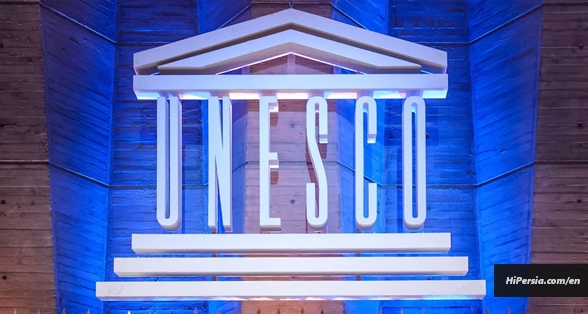




Carpet weaving is an essential part of Persian culture and Iranian art. Persian garden system is evident in carpet weaving that has created a marvelous pattern and design.
Hamadan is Located in the western part of Iran, 300 kilometers west of Teheran. It is also, one of the main centers of Iranian inexpensive Carpet weaving. This region of Iran has a long, cold winter, so it requires to cover the floor with some kind of carpet. In fact, Carpet weaving is considered as an industry in this area.The best handmade carpets are sold under their own place names such as Nahavand, Tuyserkan, Malayer or Hossein Abad. They are easily recognized with their typical patterns and sizes. Hamadan Rug is woven with the various pattern, Herati is the most common pattern. Before the 14th century AH, Hamadan Rug was completely village-made in Hamedan. But with carpet developments in the late 14th century, carpet weaving in Hamedan has continued with city-made based on the traditional features of the region. In fact, Hamadan Rugs, in terms of stylistics of a Persian carpet, are among village-made carpets, despite the nomadic-made (Kurdish and Afshari) and city-made carpets. Some examples of Hamadan carpets are Burchalow, Enjilas, Hosseinabad, Lilihan, Khamse, Zanjan and Malayer carpets.

The main features of Hamadan Rug are the use of geometric designs, fractured and handmade wool-dyed with natural materials. Moreover, the Hamadan Rug is dense, thick, and durable.
The fibers raw materials used in Hamadan carpet include wool and lint wool.

In terms of coloring, the old and the village-made rug of Hamedan is one of the most beautiful and joyful rugs in Iran, with harmony in varied and cheerful colors. To produce these colors used a variety of plants, the older it gets, and its color becomes polished and beautiful. Also, the color Ocher is used in Hamedan carpet.

Medallion-Corner, Afshan, and Vagireh-i are the patterns of the Hamadan Rug, but the main pattern that used in the Hamadan Rug is Medallion-Corner. As the old carpet design suggests, the Old Iranian gardens in carpet designs have several ponds that have been linked to by water spills. The garden design is characterized by regular geometric shapes of the four corners, six caverns, rhombuses.
Note: The design of the village-made type of Hamadan Rug, is so easier than nomadic-made type.





